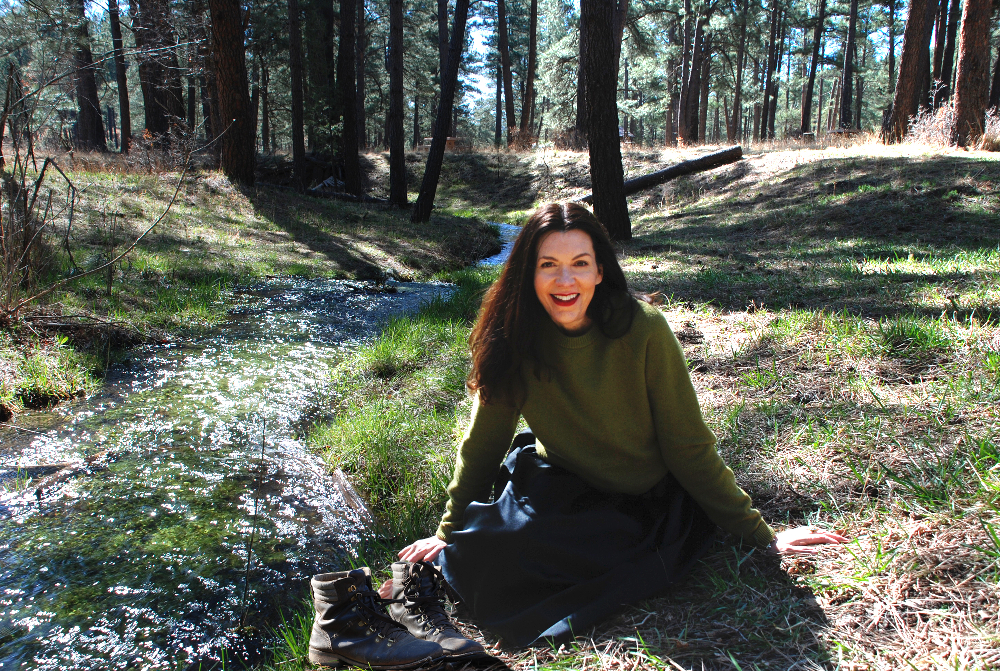Shiloh Richter, Writer and Editor, Books of the Southwest Literary Journal Since 1957, recently revealed the evidence for a forthcoming book that Truman Capote didn’t write Breakfast at Tiffany’s. Author Willa Cather did. Truman Capote stole it, and Audrey Hepburn knew it, and set out to do something absolutely marvelous about it. It’s the “Historical, Numinous, Magical, Hilarious, Literary Beginnings of Breakfast at Tiffany’s.”
- Using extensive literary research of Willa Cather’s works, analysis of Truman’s novella, taken with the differences of Breakfast at Tiffany’s screenwriter George Axelrod’s drafts, the evidence is clear that Truman Capote plagiarized his entire novella. Axelrod set out to bring it back to Willa. He couldn’t take the route of making Willa’s work into a movie because she had prohibited it in her estate when she passed in 1947. He needed a female’s magic.
- Producer Marty Jurow and George Axelrod used Truman’s wrong to talk Audrey Hepburn into taking the role at the moment when, pregnant with her first child, what she wanted most was a home life with her husband and soon-to-arrive baby, with this meeting also written about by author Sam Wasson in Fifth Avenue, 5 A.M.
- Willa Cather had a much larger vision for culture than Truman’s quest for the spotlight. It was deeply rooted in how she understood that the female inspires all of culture (as opposed to patriarchy). Willa, as the immigrants she knew (like the real Anna Pavelka in Nebraska who inspired My Ántonia), when first grounded in heritage, arts, culture, and music, and given the freedom of her own spirit, would not be a victim to patriarchy and its systems, but its actual, embodied religious inspiration. That was the spirit she captured of the female in New York City that is the actual Breakfast at Tiffany’s. She knew how it transformed the culture itself-especially for us now at this moment as systems tumble.
- Many of the details of Breakfast at Tiffany’s comes from Willa’s story “Coming, Aphrodite!” (1920) set around Washington Square Park in Greenwich Village: moving into the same apartment building, the dog Truman would turn into a cat, the rooftop turned into the fire escape, the title, and Audrey’s iconic opening scene (which is not in Truman’s text, but returned in Axelrod’s).
- Willa wrote it when she lived at 5 Bank St. in West Village
- One of her addresses, 60 Washington Square South, overlooking Washington Square Park, inspired details of the story and is now the heart of NYU.
- The beginning basis of Holly Golightly comes from Willa’s story “The Bohemian Girl” published in McClure’s Magazine in August 1912, setting up NYC for its most iconic female story ever.
- Shiloh Richter is the author of Coyote Weaves a Song: A Mythological Song from the Beginning of Time and My Love Affair with Moonbeam.

